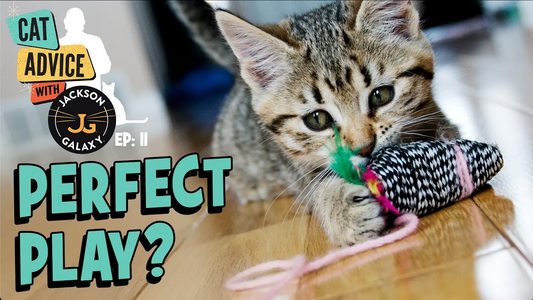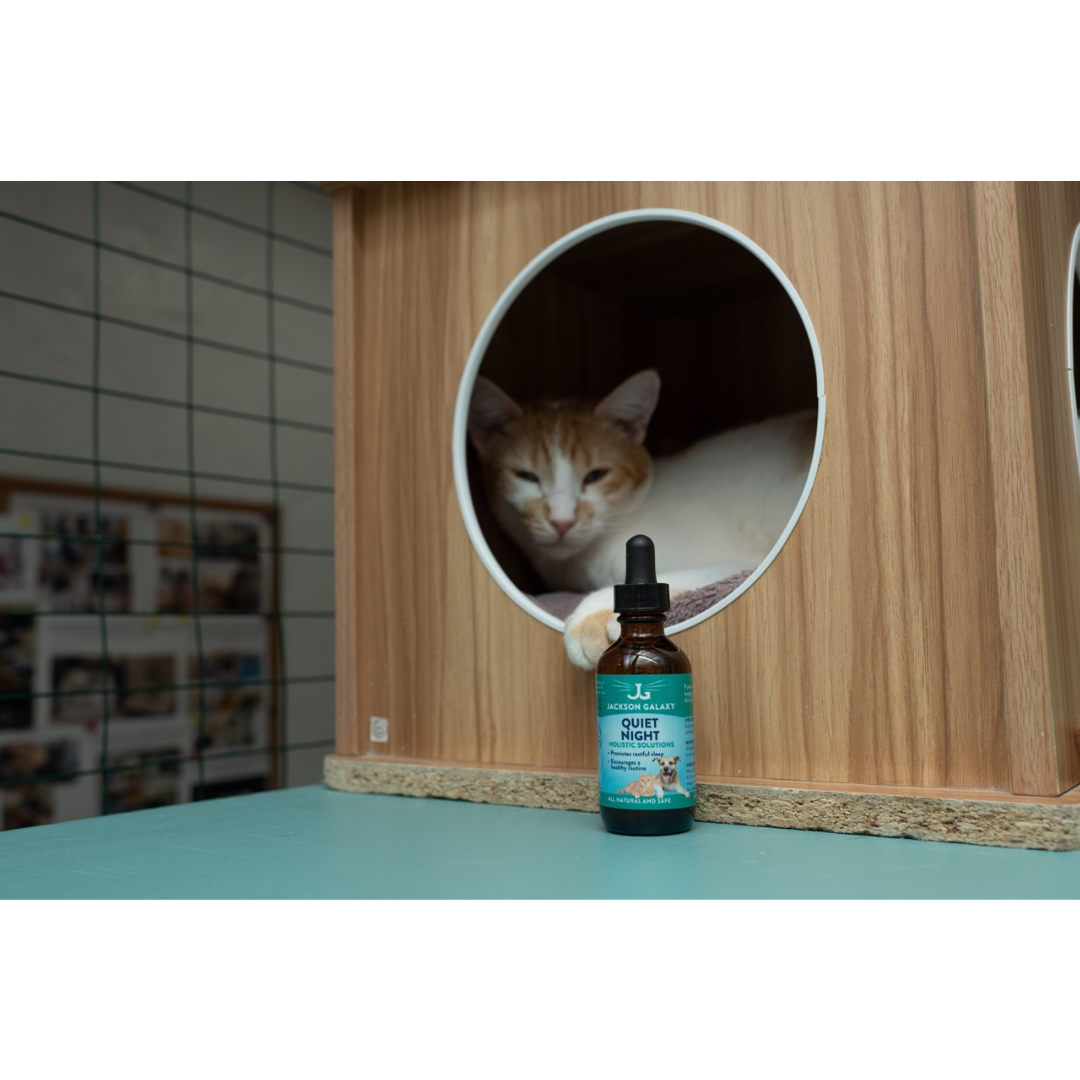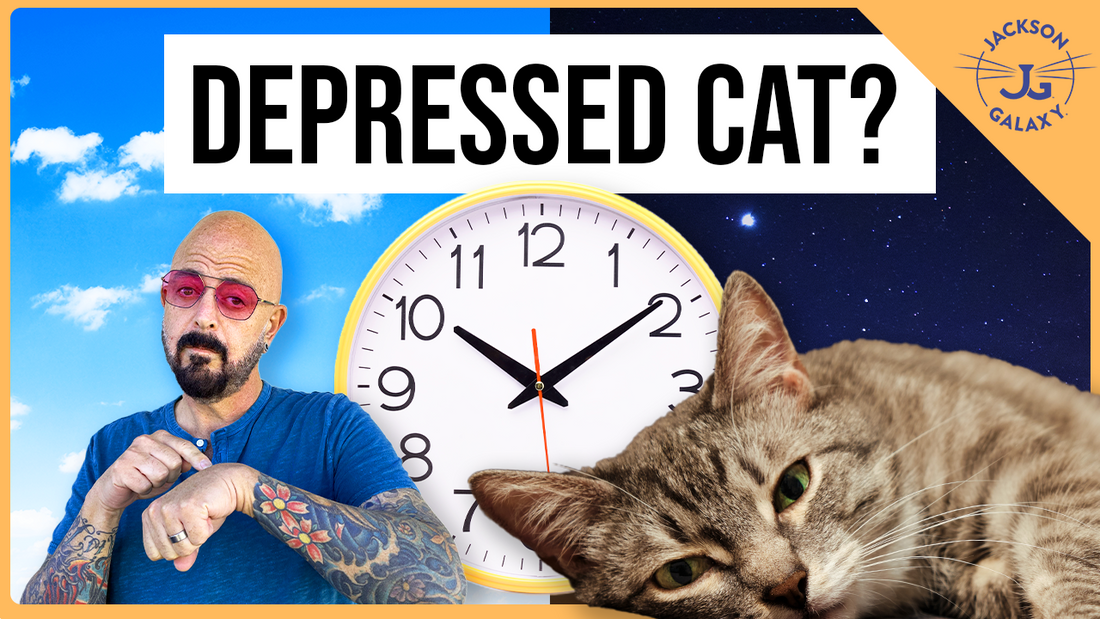Let’s explore the ways daylight saving time impacts our feline companions! Discover how your cat's internal clock and behavior may change as the days get shorter, and gain valuable insights into helping them adjust to the time change seamlessly.
Can Cats Have Seasonal Affective Disorder?
The days are getting shorter, and you may have noticed a change in your cat's behavior. Just like humans, cats can experience Seasonal Affective Disorder (SAD) as the daylight hours decrease. In this blog, we'll explore what SAD looks like in cats and offer some practical tips to help your feline friends through the changing seasons.
Signs of Seasonal Affective Disorder in cats
Seasonal Affective Disorder is a real phenomenon that affects both humans and cats. As the days get shorter, there is a shift in brain chemistry, which can lead to lethargy, behavioral changes, and other symptoms.
Cats are especially prone to SAD due to their crepuscular nature. They are naturally more active during the dawn and dusk hours when their prey is most active and their vision is optimized. When daylight becomes scarce, cats may become less active, sleep more, and even exhibit changes in their social behavior.
How to help your cat adjust to the time change
Maintain Rituals:
Consistency is essential for cats. Ensure that their daily routines and mealtimes remain constant. If you're free-feeding your cats, consider transitioning to scheduled meal times to align with their natural instincts as opportunistic hunters.
Slowly Adjust Feeding Times:
The keyword here is SLOWLY. As the sun's position changes during the day, gradually shift your cat's feeding schedule to match the new daylight patterns. This adjustment will help them stay connected to the sun's cycle.
Ramp Up the Enrichment:
Engage your cat in interactive play to boost their activity levels and regulate their circadian rhythm as the seasons change. My store has everything you and your cats need to engage their natural hunting instincts, strengthen your bond, and reduce the effects of SAD.
Make the Most of the Available Sunlight:
Cats love basking in the sun, so create window perches with a view of the outdoors. Place their favorite treats there during the day, allowing them to enjoy the sunlight and stay active. Check out my video about Catifying windows for more tips on how best to use this prime bit of real estate in your home!
Use Full Spectrum Lights:
Consider using full spectrum lights in your home during the darker months. These lights may help alleviate the symptoms of SAD for both you and your cats.
Consult a Veterinarian:
If your cats show extreme signs of anxiety, including overgrooming, prolonged changes in appetite, or other concerning behaviors, consult your veterinarian. They can provide guidance and, if necessary, provide medication or supplements to regulate your cat's circadian rhythm.
Closing thoughts
Seasonal Affective Disorder affects cats just as it does humans, and it's essential to acknowledge and address the changes in your feline companions. By following these tips and maintaining their routines, you can help your cats adapt more smoothly to the changing seasons and ensure their well-being during the darker months. Remember, it's a temporary phase, and with some extra care and attention, you and your cats can get through it together!











